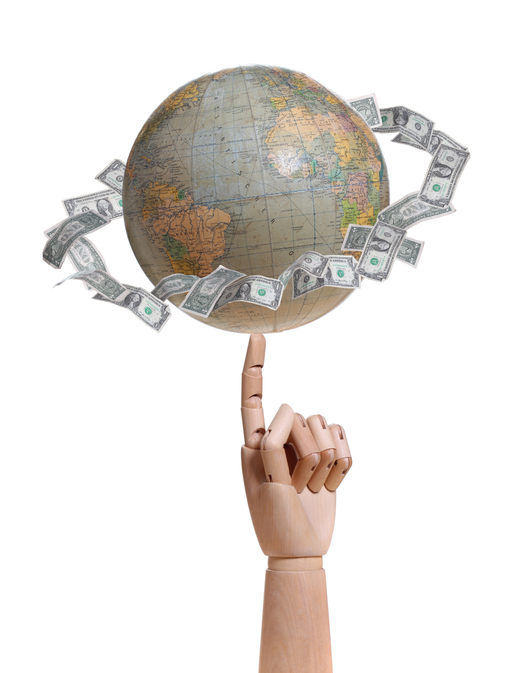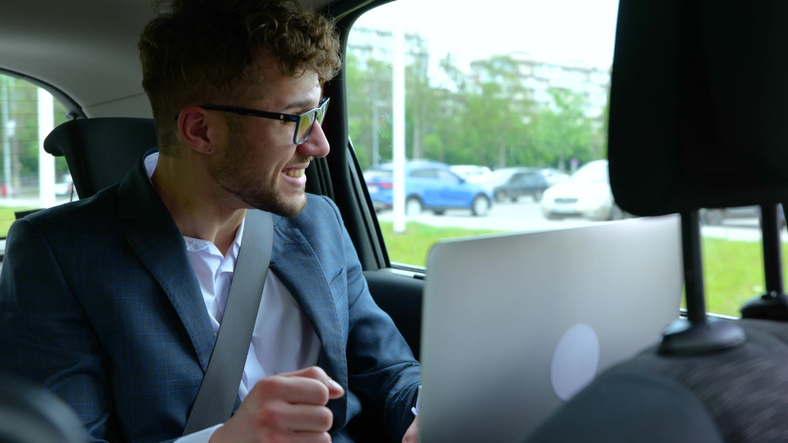Beware! The Savings Blob
One of the most important areas of financial planning is cash management (spending plans, budgeting) and within that, the concept of cash reserves. Most folks can probably agree that having “cash reserves” is a good thing. But after that, the attempt to quantify an appropriate number, or to think about different types of cash reserves, can make heads spin. So, it’s often easier to set aside what we can into a generic savings account and think that we’ve checked that box.
Not so fast… we need to avoid the savings “blob”.
What’s that, you say? The blob is when we lump all our cash reserves–cash cushion, “rainy day” fund, and emergency fund–together. These buckets (should) serve very different purposes and are maintained in different places.
Cash Cushion:
Step 1 is to have a cushion in your checking account to avoid accidental overdrafts and service charges. Just keeping it real. This can be anywhere from $100 to $1000, depending on your typical cash flow and how closely you track your spending. If you still actually balance a checkbook (wink), this cushion is not reflected in your running balance. Another option is to have this amount, and nothing more, in an “overdraft” savings, account that will be automatically used by the bank to cover transactions.
Rain or Shine Fund:
Step 2 is to set aside a small amount into an easily accessible savings account (linked to checking). This account is where you look to pay for the smaller unexpected bills and opportunities that can come your way – think minor car repair, higher than expected utility bill, unexpected prescription, broken cell phone, speeding ticket… and also that spur of the moment invitation for a weekend trip, that perfect jacket or shoes that you just happen to see AFTER you’ve spent your clothing budget or a great charitable cause. We’re generally talking $1000-$3000.
- Note: This is NOT for the periodic items that you should be budgeting for, such as car oil changes and registrations, tires, annual pet vaccinations, annual dues, insurance premiums, etc.
Emergency Fund:
Step 3 is probably more familiar – this is the 3-6 months of living expenses set aside in a totally separate account to handle large, unplanned life events. Think job loss, extended illness, major home repair, or loss of a vehicle. These funds do take longer to accumulate, and since they are (hopefully) rarely touched, they should be positioned to earn higher interest, but not subject to stock market risk. In retirement, your basic living expenses are part of a coordinated strategy that is independent of job loss or health, however, there’s still unexpected home repairs and medical bills, so your emergency fund should be focused on that.
To determine an appropriate emergency fund goal, check out this emergency fund calculator.
And, of course, short-mid term financial goals (home purchase down-payment, vehicle replacement, kitchen remodel, family reunion, etc. are separate from cash reserves.
By eliminating the savings blob and thinking more about the specific purposes of cash reserves, it’s much easier to avoid raiding your emergency fund for non-emergencies and be more confident that it will be there when you really do need it.
Would you like cash planning advice specific to your situation? We would love to help! Contact us today.



